Foxes
The red fox is a species with a long history in Britain, with fossil evidence traceable back to the Wolstonian Glacial period, around 330,000 years ago. There is also evidence of red foxes being introduced to Britain from the European continent for hunting purposes. This potential of a more diverse introduction of red foxes may have influenced the genetic makeup of the British fox population.
Red foxes are highly adaptable and can be found in various habitats, including woodlands, farmland, and – if you have spent any time at the Horniman, in South London – and other urban areas too. There is now an estimated fox population of 10,000 across London.
Urban and rural foxes demonstrate clear differences, primarily due to their differing lifestyles and diets. Urban foxes are known for scavenging human food and are braver, while rural foxes rely on wild rodents, insects and worms, as well as some berries. Additionally, urban foxes have been observed to have shorter snouts compared to their rural cousins, as they’re food is mainly scavenged rather than hunted.
There are also studies that suggest that the brains of urban foxes are developing to become more intelligent by some measures. City life presents foxes with cognitive puzzles that their rural ancestors never encountered, such as navigating traffic and locating food sources that change frequently. Foxes must remember which food outlets discard food at certain times, which homes leave pet food outside, and when the bins are collected on different roads!
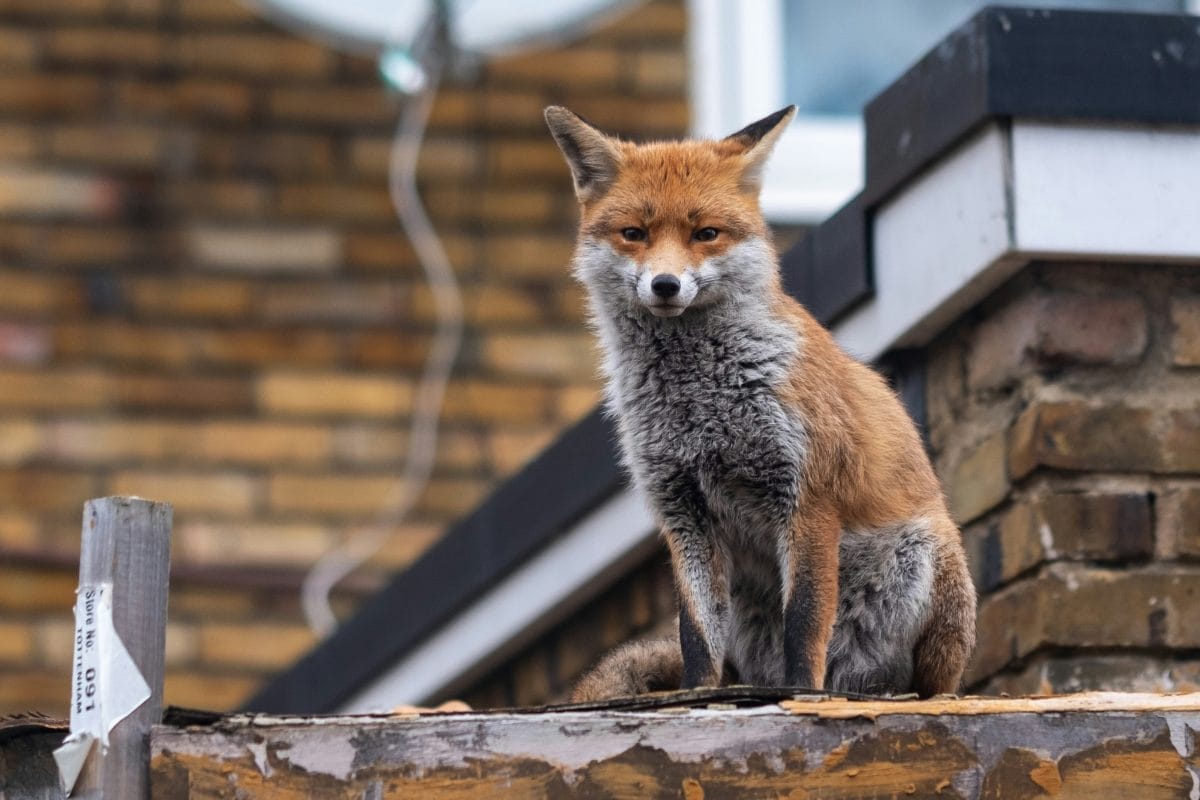
Pigeons
Rock doves, or pigeons as we know then, nested on cliffs. In the UK, they were originally domesticated for food and for use as carrier-pigeons in the 11th Century. Now that we have given them new cliffs in urban architecture, they are city-living animals that we see across urban environments around the world
Urban pigeons have evolved darker feathers, which contain more and can remove some pollutants, potentially aiding in detoxification from heavy metals. Feral pigeons have interbred with domestic pigeons and even with some remaining wild Rock Dove populations, leading to a wide range of colours and markings in urban pigeon populations.
Urban pigeons exhibit remarkable problem-solving abilities, including remembering human faces, understanding traffic patterns, and recognizing regular feeding times. Urban pigeons form larger groups, communicate more effectively about food sources with each other, and display territorial behaviours specific to city life.

Grey Squirrels
You might spot a squirrel in our Gardens climbing up and down trunks headfirst using sharp claws. Their bushy tails provide balance and help them steer when they jump between branches.
Grey squirrels likely came from the east coast of North America, ranging from Florida northward to Quebec. It is thought that they were introduced to the UK in the 1800s by wealthy folk, where unfamiliar animals became a symbol of wealth for their estate and country properties.
The first known release of grey squirrels in the wild was in 1876, with a pair released in Henbury Park, Cheshire. Once released, grey squirrels adapted well to the new environment with the population expanding rapidly. Within 25 years, they had spread to an area 300 miles wide. It became illegal to release grey squirrels into the wild in the UK after their detrimental impact on red squirrels became apparent. Grey squirrels had an edge on their red cousins being larger with a more robust digestive system that could eat food sources before they were ripe, causing red squirrels to miss out (who would have to wait). They also carry but are immune to the squirrelpox virus, which can be fatal for reds.
In urban environments, squirrels tend to have a higher body mass attributed to a more diverse diet. They may also have a shorter flight initiation distance compared to their rural relatives, likely due to their increased proximity to humans.
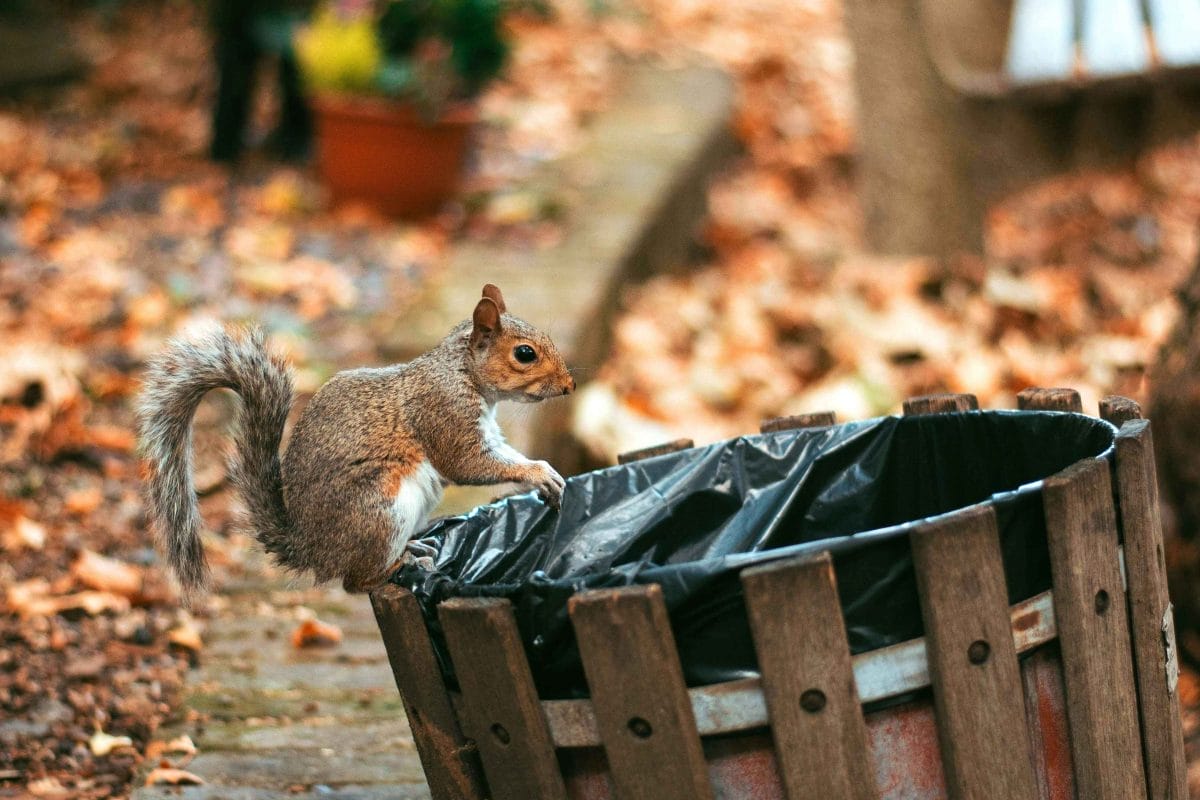
Green Parakeets
Have you seen the colourful parakeets swooping around the parks and tree of London? They are a regular fixture in our Gardens.
London’s ring-necked parakeet is not native to the area and their presence is a result of introductions and releases. They come primarily from the South Asia and Africa.
There are numerous urban myths about how parakeets arrived in London, including theories about Jimi Hendrix releasing them from a music video shoot, and birds escaping from a plane crash at Syon Park. The real story is likely less dramatic! Many parakeets were kept as pets and eventually escaped or were released into the wild. Isolated sightings of parakeets in London date back to the late 19th century, with a breeding population becoming established in Kent around 1970.
This theory that they had escaped or were released from the exotic bird trade perhaps explains the ease in which they have acclimatised to their London habitat, as it is likely they had already adapted for colder climates. Warmer winters in the UK may also explain their rapid expansion and survival in urban environments.
Some scientific research programmes have raised concern about the spread of parakeets and found that they compete with other bird species for food and nesting sites. Ornithologists have also observed an increase in the population of birds of prey in London, preying on the abundance of noisy parakeets.
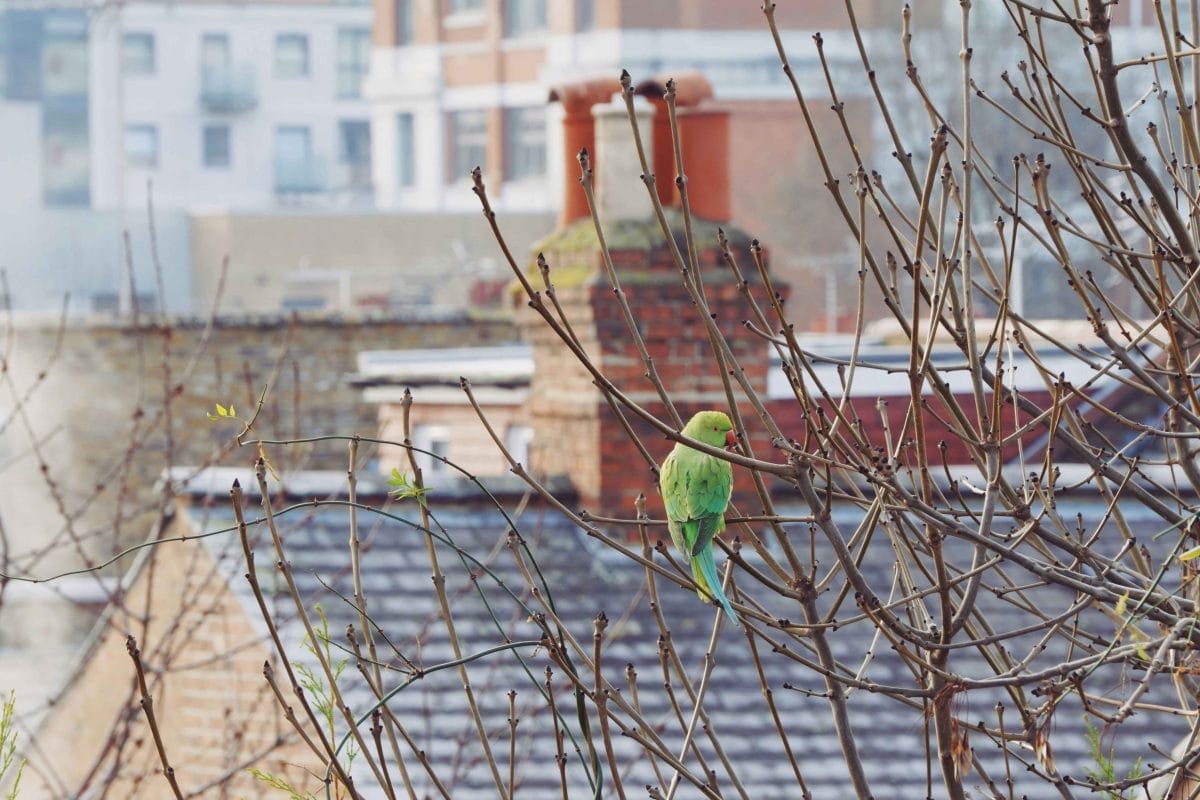
Rats
Rats have a long and difficult history in London. They are believed to have been introduced to Britain via ships from continental Europe, with black rats reaching Britain on trade ships from India during Roman times. Rats flourish in dark, warm and damp conditions, and London’s evolving landscape provided an ideal habitat for these migrating rodents to breed.
Famously, this had devastating consequences during the Middle Ages with the Bubonic Plague that killed around 100,000 people in London. The plague was caused by the bacteria Yersinia pestis, which was spread by fleas that lived on black rats and other mammals. At the time, London had poor sanitation that led to its inhabitants discarding waste in the streets and river. This poor sanitation and increase in stagnant water attracted the disease carrying rats, which greatly increased the spread of the plague.
The Victorian era marked a significant change in the rat population in London, as rapid urbanisation threatened another public health crisis. A new sewer system in response to rapid urbanisation and population growth once again attracting black and newly introduced brown rats.
Brown rats began to supersede black rats in the capital as the dominant species. Brown rats are larger, more aggressive, giving them a competitive advantage in resource competition and territorial dominance.
Brown rats are thought to have travelled to the UK on ships from Europe, but originally come from colder climates in central Asia. They are incredibly adaptive in the wild with their food sources – they can hunt birds, fish and mollusks – but will often be happy with plants. They are now the dominant species of rat in London and scavenge for human food in urban environments.
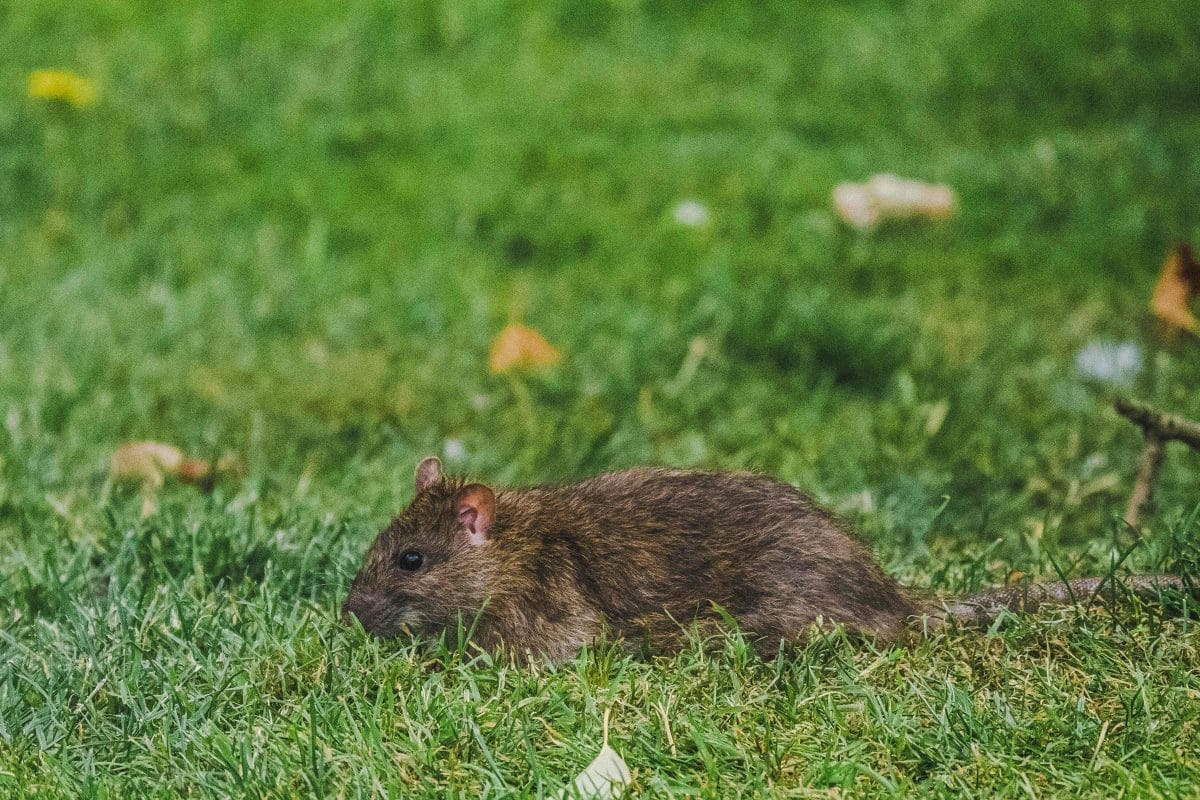
Sparrows
Sparrows are believed to have come from the Middle East, spreading throughout Eurasia and parts of North Africa as agriculture developed across the world. Sparrows became a common sight across London during the Victorian and Edwardian era, right up until the late 1990s. This is the genesis of the well-known colloquialism ‘cockney sparrow’, used to describe the ‘chirpy’ working class in London in homage to the sociable birds.
Sparrows are still one of the most common birds in the UK, but there has been a decline in London. Multiple factors contributed like an increase in cars over horse drawn vehicles (reducing spilt grain from horse feed), disease like Avian Malaria, urban development reducing nesting sites and a decline in the insect population. These have contributed to a reported 68% reduction in the sparrow population between 1994-2000.
However, there are some hopeful signs of a resurgence in many parts of London, particularly in areas of bushes and flowery vegetation with an abundance of insects. There are ways you can help them at home by leaving parts of any outdoor space to go wild, encouraging insects that sparrows feed to their offspring. If you have neighbourly sparrows, a row of nest boxes near your eaves could give them a place to nest.
At the Horniman, our half-mile-long Nature Trail is managed carefully to encourage a wide variety of plants, birds, insects and other animals that depend on each other for survival. Pond and meadow habitats have been introduced to attract new species. A log pile area is home to dozens of different mini beasts, including the endangered stag beetle. There are also nesting sparrows!
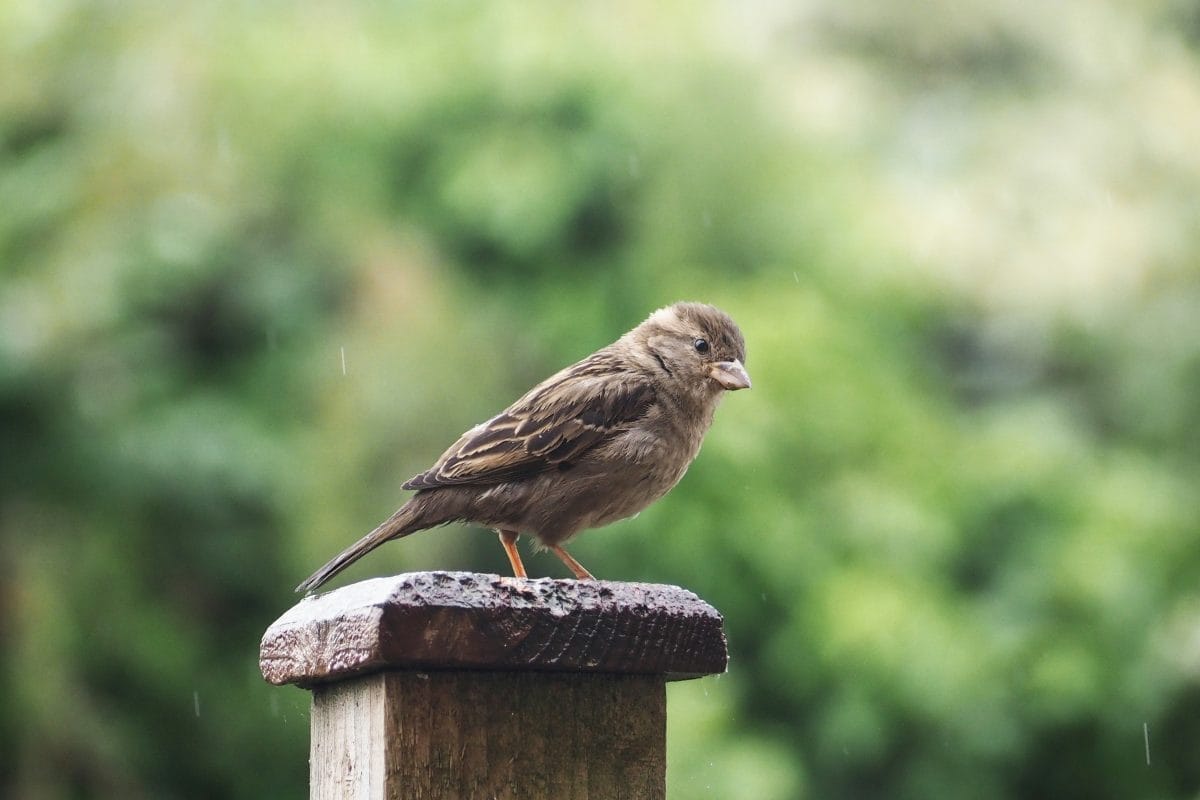
Have you noticed any curious patterns of urban wildlife in your garden? Let us know on social or email – web@horniman.ac.uk – we’d love to hear about it!


